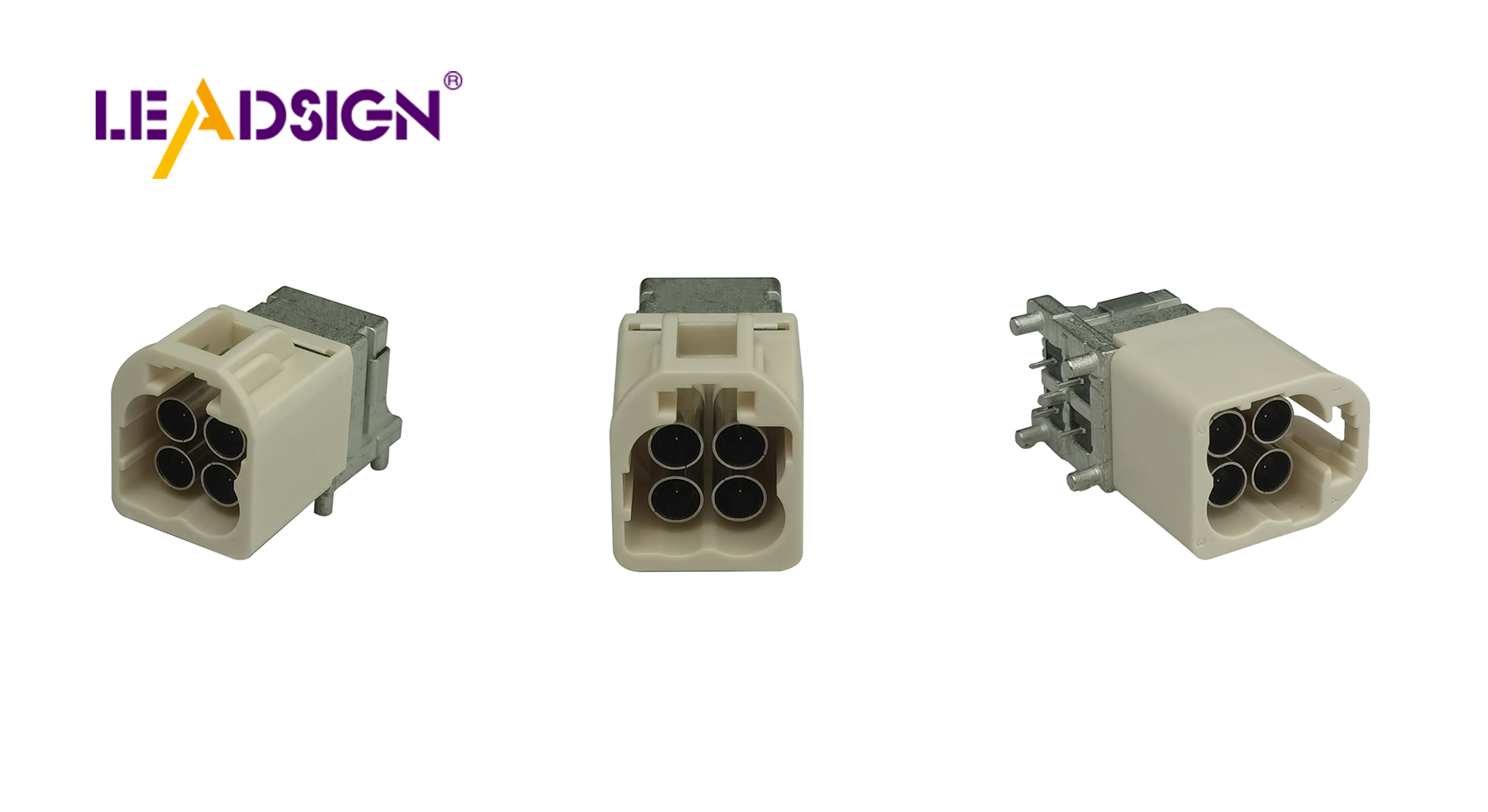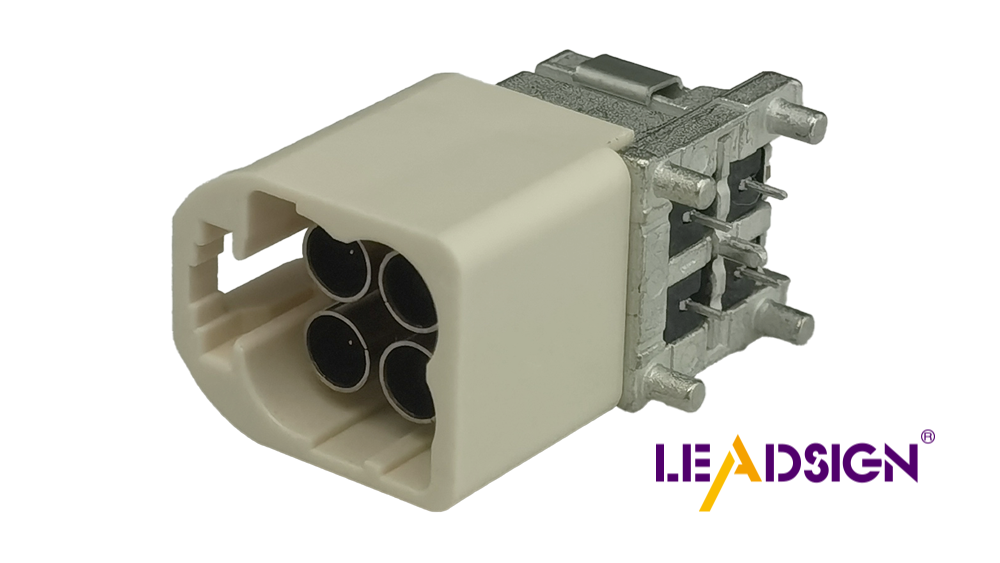Understanding Automotive Wiring Connector Types

Automotive electrical connectors types are crucial components in modern vehicles. They play a vital role in ensuring the proper functioning of electric connections, which is essential for the smooth operation of your vehicle. Without these specialized connectors, various electrical issues may arise, such as exposed wires and rigid connector covers leading to increased failures. Understanding the various automotive electrical connectors types enables you to select the most suitable ones for your vehicle, thereby maintaining the efficiency and reliability of your car's electrical system.
Understanding different car electrical connectors is important. Each type has special uses and features. This helps you choose the right ones.
Blade Connectors
Blade connectors are also called spade terminals. They have a male blade that fits into a female spade. These are easy to use in cars. You can find them in many sizes for different needs. They are great for quick disconnections, like in fuse boxes.
Blade connectors have good points. They make strong connections, which is important for your car's electric system. They are easy to connect and disconnect but might not work well where there is lots of shaking as they can loosen.
Pin Connectors
Pin connectors are common too. They have a pin that fits into a socket. These are used where a strong connection is needed, like in engine controls.
Pin connectors make secure connections, which is key for important systems in cars. They handle tough conditions well but can be hard to disconnect compared to blade connectors.
Ring Connectors
Ring connectors attach wires to a stud or screw. They're used for grounding or permanent connections, like battery terminals.
Ring connectors give stable connections, crucial for grounding jobs. Their design keeps them connected even if there's shaking but need tools to install or remove.
Butt Connectors
Butt connectors are important in car wiring. They join two wires together. This makes a safe and covered link. Use them to make wires longer or fix broken ones. They come in different sizes for various wire thicknesses, making them useful for many car tasks.
Characteristics and Applications
Butt connectors look like small tubes. You put wires in both ends. Then, you squeeze the connector to hold the wires tight. Some have a heat shrink cover for extra protection from water. This is good for places where they might get wet.
Applications:
Making wires longer
Fixing broken wires
Connecting lights safely in cars
Advantages and Disadvantages
Advantages:
Secure Connections: Butt connectors make strong links, lowering the chance of electric problems.
Insulation: The heat shrink keeps moisture away, protecting the link.
Ease of Use: You can put these on with simple tools, so they're easy for anyone to use.
Disadvantages:
Limited Flexibility: Once squeezed, it's hard to change them, which isn't great if changes are needed often.
Size Constraints: Pick the right size for your wire; wrong sizes can cause weak links.
Things to Think About When Picking Connectors
When picking car electrical connectors, think about a few things. This helps make sure they work well and last long.
Electrical Needs
Current and Voltage Levels
Check the current and voltage levels of connectors. Each type can handle different amounts of electricity. For example, butt splice connectors join wires safely, so they can carry the electric current. Always pick connectors that meet or beat your needs to avoid overheating.
Weather Conditions
Think about where you'll use the connectors. Some, like heat shrink ones, keep water out, which is good for wet places. If your car faces tough weather, choose sealed ones to keep out water and dirt.
Physical Needs
Strength and Material
The strength of connectors matters a lot. Pick strong ones made from tough stuff that won't break easily. For instance, butt splice connectors are often vinyl or nylon, giving good cover and strength.
Easy to Use
How easy they are to use is key too. You want simple-to-use ones without needing special tools. Butt connectors are easy; you just crimp them without heat or soldering needed.
By thinking about these things, you can pick the best car electrical connector types for your vehicle for a strong and good-working electric system.
Installation Tips and Best Practices

Installing car connectors right makes them last longer. Follow these steps to keep connections strong.
Preparing the Wiring
Stripping and Crimping Techniques
First, get wires ready. Use a tool to take off the cover without hurting the wire. Damaged wires make bad connections. After that, pick the right tool for squeezing your connector. Put the wire in and squeeze it tight. A good squeeze keeps the wire from slipping out.
Ensuring Secure Connections
After squeezing, pull on the wire gently. It should stay put. For extra safety where it's wet, use heat shrink tubes. Slide one over and heat it up to seal it tight. This stops rust and keeps connections safe.
Testing and Maintenance
Regular Inspection Procedures
Check your wires often to keep them working well. Look for wear or loose parts, especially in tough spots. Fix any problems fast to stop more damage.
Troubleshooting Common Issues
Find problem spots when fixing things. Loose parts or broken wires are common issues. Use a meter to check if electricity flows right. If not, redo the wire and connector squeeze. If problems stay, switch connectors for better ones.
"Smaller connectors face more stress than bigger ones." This means picking the right size is key for good performance.
By using these tips, your car's electrical parts will work well and last long.
Understanding car wiring connectors is important for your car's electric system. You learned about blade, pin, ring, and butt connectors. Each has special uses and good points. Understanding car wiring connectors makes sure everything works well and safely.
Putting them in right and taking care of them is key. Expert Electrician says, "Safety first with electricity." Always turn off power and use the right tools. Check often to stop problems. If you're not sure, ask a pro. By doing this, you keep your car's electric system safe and working well.
See Also
Exploring HSD Connectors in the Automotive Sector
Significance of Fakra Connectors in Contemporary Cars
Navigating Ford Fakra Connectors

